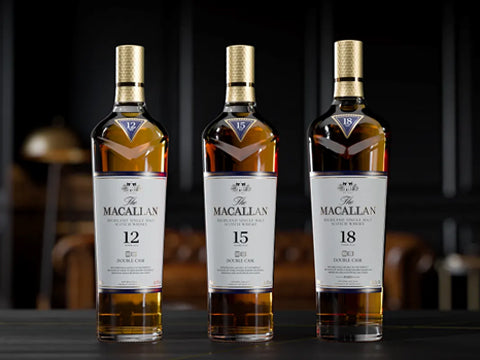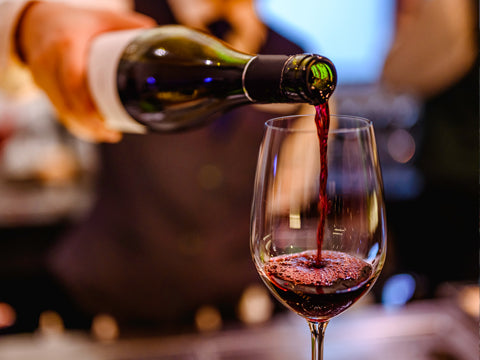![]()
All tequila is mezcal but not all mezcal is tequila. What is the real difference?
During the past ten years or so, Mezcal has become more popular in the spirits world. Nevertheless, there is still some ambiguity around it, despite the fact that it is already a standard in many cocktail bars. We already know that both tequila and mezcal are made from agave, but what distinguishes those two?
Mezcal is a vast category of spirits made from agave, while tequila is a small subset of mezcal, much like bourbon is a kind of whiskey. Tequila can only be made from one kind of agave plant: Blue Weber Agave. On the other hand, any of the 40 agave plants can be used to make mezcal. However, the latter is by nature individual and changeable — the same brand or farmer might make a bottle that tastes very different from last month or last year's output. In tequila, the process is more standardized and therefore you can expect more stable flavor characteristics.

How are Mezcal and Tequila really made?
As a start, Mescaleros take the core of the agave plant, known as the piña, and roast it in conical pites in the ground. The cooking method is what makes mezcals to often taste smokier than tequilas, but because the methodology for making Mezcal is less constrained than tequila, and because Mescaleros can use whatever species of agave they want, there's a great deal of variety in the taste.
To make Tequila, distillers steam the blue agave piña, usually in a brick oven or autoclave. Tequila's strict constraints mean that the flavor is more consistent, and the methodology also lends itself more easily to industrial production, which explains why tequila was a more common import on American bar shelves than mezcal until relatively recently.
After mezcal and tequila are distilled, both can be aged or drunk as they are, as a clear spirit — in tequila that's known as blanco, and in mezcal, that's generally called joven which translates to young. If you age tequila or mezcal in a steel or wooden barrel for two months up to a year, that creates tequila reposado or mezcal reposado, spirits that have a caramel color and pick up notes from the barrel in which they're aging. If you age longer than a year, that's when you get añejo, a category for both tequila and mezcal, although it's much more common in tequila. Anejo tequilas and mezcals have a darker color, closer to a whiskey or rum, and an even stronger flavor profile, depending on the barrel they were aging in.
In the end, mezcal is tequila’s sweet cousin that’s rising to popularity, and whichever you prefer, you’ll find it in our collection.


